
LG G7 128 GB Prices
Important Note.
- All prices are in Pakistani Rupee (PKR)
- Prices may vary at stores and our effort will be to provide you with the updated prices.
- Find out WhatMobile price has dropped in Pakistan by selecting Notify Price Drop button
- Find out WhatMobile has better specifications by clicking Add To Compare Button find out what Mobile has better reviews by visiting our reviews section
- Find out WhatMobile is cheaper on which retailer by clicking Compare prices from retailers button
Search Terms
- LG G7 128 GB
Specifications
| GENERAL | |
| 2G Network | GSM 850 / 900 / 1800 / 1900 - SIM 1 & SIM 2 (dual-SIM model only) |
|---|---|
| 3G Network | HSDPA 850 / 900 / 1700(AWS) / 1900 / 2100 |
| 4G Network | LTE |
| Sim | Single SIM (Nano-SIM) or Hybrid Dual SIM (Nano-SIM, dual stand-by) - IP68 certified - dust/water proof over 1.5 meter and 30 minutes - Water resistant up to 1 meter and 30 minutes - MIL-STD-810G compliant |
| Announced | 23/03/2018 |
| BODY | |
| DISPLAY | |
| Display Size | 6.2 inches, 99.2 cm2 |
| Resolution | 1440 x 2880 pixels, 18:9 ratio (~519 ppi density) |
| MultiTouch | Yes |
| Protection | Corning Gorilla Glass 5 - Dolby Vision/HDR10 compliant - Always-on display - LG UX |
| SOUND | |
| AlertTypes | Vibration; MP3, WAV ringtones |
| LoudSpeaker | Yes |
| 3.5mm jack | Yes - 32-bit/192kHz audio - Active noise cancellation with dedicated mic |
| MEMORY | |
| CardSlot | microSD, up to 400 GB (uses SIM 2 slot) - dual SIM model only |
| Internal | 128 GB, 6 GB RAM |
| DATA | |
| GPRS | Yes |
| EDGE | Yes |
| Speed | HSPA 42.2/5.76 Mbps, LTE-A (6CA) Cat18 1200/200 Mbps |
| WLAN | Wi-Fi 802.11 a/b/g/n/ac, dual-band, Wi-Fi Direct, DLNA, hotspot |
| Blue Tooth | 5.0, A2DP, LE, aptX HD |
| NFC | Yes |
| USB | 3.1, Type-C 1.0 reversible connector, USB On-The-Go |
| CAMERA | |
| Camera Primary | Dual: 16 MP, OIS, phase detection autofocus, LED flash |
| Camera Features | Geo-tagging, touch focus, face detection, HDR |
| CameraVideo | 2160p@30fps, 1080p@30/60fps, HDR, 24-bit/192kHz stereo sound rec. |
| CameraSecondary | 8 MP |
| FEATURES | |
| Processor Cores | Octa-Core |
| OS | Android 8.0 Operating System |
| CPU | Octa-core (4x2.7 GHz Kryo 385 Gold & 4x1.7 GHz Kryo 385 Silver) |
| Sensors | Fingerprint (rear-mounted), accelerometer, gyro, proximity, compass, barometer |
| Messaging | SMS(threaded view), MMS, Email, Push Email, IM |
| Browser | HTML5 |
| Radio | FM radio (market dependent) |
| GPS | Yes, with A-GPS, GLONASS, BDS |
| Colors | Black, Gold, Blue, White |
| Others | - Wireless charging - Fast battery charging: 50% in 30 min (Quick Charge 3.0) - MP4/DviX/XviD/H.265 player - MP3/WAV/FLAC/eAAC+ player - Photo/video editor - Document editor |
| BATTERY | |
| Battery | Non-removable Li-Po 3000 mAh battery |
| MISC | |
Reviews
08/12/2017 - 2:39pm

Given that the LG G flaghsip series tends to arrive in the earlier part of each year, it's about time we started hearing a few things about 2018's LG G7.
According to a new report, the LG G7 will feature an advanced iris scanner technology similar to what Samsung has aboard the Galaxy S8 series and Galaxy Note 8.
The technology was noticed in an LG patent, picked up by LetsGoDigital, which shows an "all-in-one" design capable of functioning in different lighting conditions and which would also incoprorate the phone's normal front-facing camera sensor.
This would appear to be something like the all-in-one sensor LG debuted at 2016's Korea Electronics Show (KES), which has never appeared in a commercially released device since.
The patent also seems to show a few additional flourishes LG has introduced, one example requires the user to follow a series of dots on the screen - a bit like the current pattern unlock where you swipe with a finger, but here you would move your eye to follow the pattern. This kind of "active" retina scanning with a moving eye means someone cannot break into the phone just by holding up a static image of your eye.
Iris scanners can only work by lighting up the eye in front of them with a type of infrared light, this way an accompanying camera sensor can capture incredibly high-detail images of the iris, including features you simply can't capture with regular light (from an LED flash, for example).
Samsung's Galaxy Note 8 feautres a second front-facing camera (not incorporated as an all-in-one lens would be on the LG G7), which is only there for iris scanning, as it has been designed to operate with infrared light. Regular cameras tend to filter infrared out as it can reduce photo quality. So it's interesting that LG may be planning to combine the two.
According to the LGD report, LG may be using a method where the sensor array can switch light filters, meaning it would be a regular camera filtering out infrared, until it needs to perform iris scanning duties, at which point the filter would be deactivated.
What will be really interesing in 2018 is whether or not the LG G7 re-takes the LG G series place as the LG flagship handset. This year, because LG couldn't get any Snapdragon 835 processors in the earlier part of the year (Samsung had bought them all!), the LG G6 launched with the Snapdragon 821 processor from 2016, which meant it struggled to keep pace with the compeition. The LG V30 emerged later in the year as the defacto flagship with a Snapdragon 835 onboard.
Write Your Own Review
My Recent Reviews
- Be first to post review for this product.
comments powered by Disqus




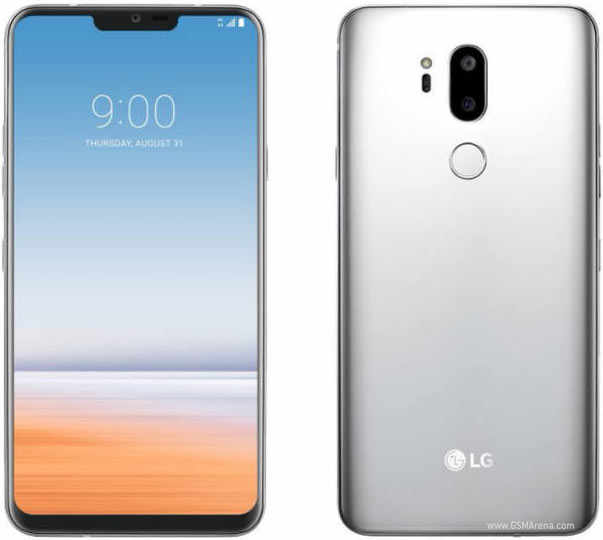
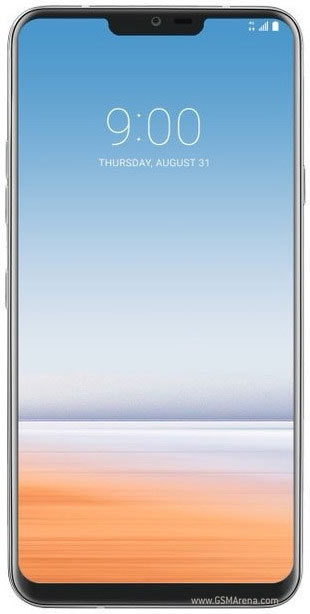


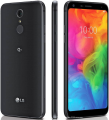
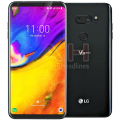
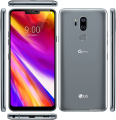

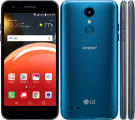
-16-GB.jpg)


-16-GB.jpg)
.jpg)











